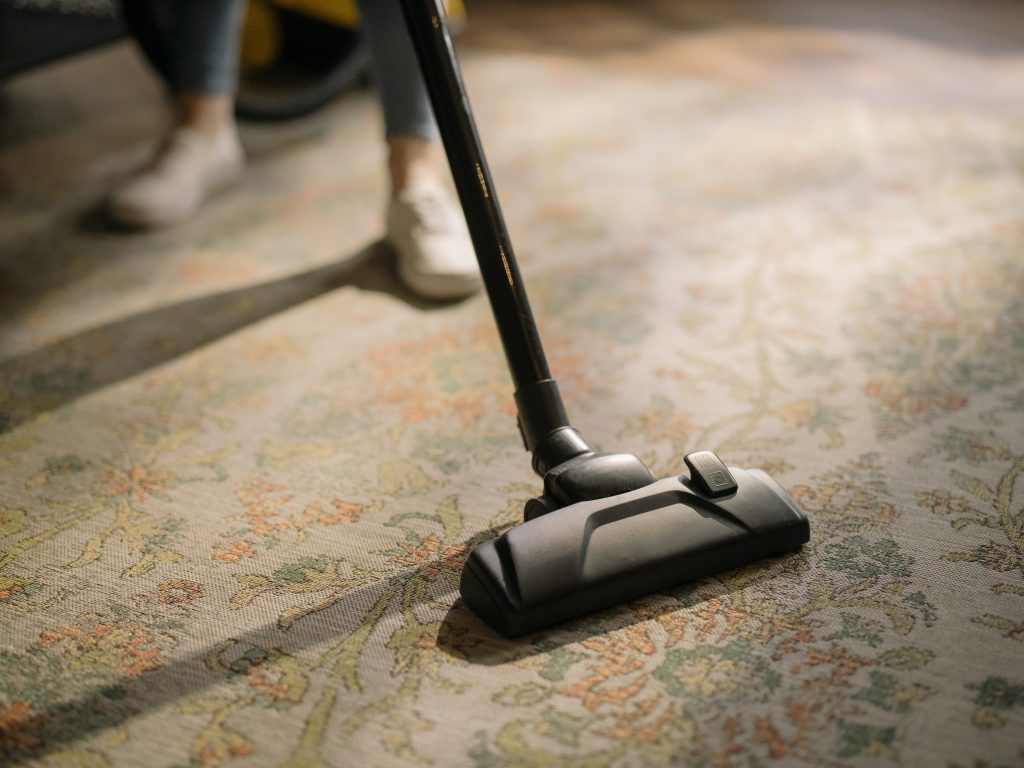Why Do Carpets Cause Allergies in Some People?

Carpets can be seen in homes, offices, and various public spaces, adding style, comfort, and warmth to our environment. However, for some individuals, carpets can trigger allergic reactions that range from sneezing and congestion to skin irritations and respiratory problems. In this blog post, we will explore why carpets can cause allergies in certain people and discuss some measures to alleviate the symptoms.
Trapped Allergens
One of the main reasons carpets can cause allergies is their ability to act as a magnet for allergens such as dust mites, pet dander, pollen, and mold spores. These particles become embedded in the carpet fibers and are easily disturbed when someone walks, vacuums, or even sits on the carpet. When airborne, these allergens can be inhaled, triggering allergic reactions in susceptible individuals.
Dust Mites: The Silent Culprits
Dust mites, microscopic creatures that thrive in warm and humid environments, are a leading cause of carpet-related allergies. These minuscule arachnids feed on dead skin cells and thrive in the cozy fibers of carpets. Their feces contain proteins that, when inhaled or touched, can cause an allergic response in sensitive individuals. Higher dust mite levels in carpets can lead to more severe allergies.
Mold Growth and Moisture
Carpets that are exposed to moisture or high humidity levels can become a breeding ground for mold spores. Mold, a type of fungi, releases spores into the air, which can trigger allergies in susceptible individuals. Moisture can seep into carpets from leaks, spills, or high humidity, providing an optimal environment for mold growth. Regular steam cleaning and keeping carpets dry can help prevent mold-related allergies.
Chemical Sensitivities
The materials and chemicals used in carpet manufacturing can also contribute to allergies in certain individuals. Synthetic carpets, especially those made from petroleum-based fibers, can release volatile organic compounds (VOCs) into the air, causing respiratory issues, skin irritations, and allergic reactions in some people. Opting for natural or low-VOC carpets can help reduce these sensitivities.
Poor Indoor Air Quality
Carpets, particularly older or poorly maintained ones, can significantly impact indoor air quality. They can trap and release various particles, including allergens, into the air within our living spaces. Those with pre-existing allergies or respiratory conditions may experience worsened symptoms due to the constant exposure to allergens released by carpets. Regular vacuuming with a HEPA filter and deep cleaning can help minimize pollutants.
Conclusion
While carpets offer numerous benefits, it’s essential to recognize that they can also trigger allergies in susceptible individuals. The accumulation of allergens, including dust mites, mold spores, and pet dander, can lead to allergic reactions ranging from mild to severe. By maintaining good carpet hygiene, keeping moisture in check, and opting for low-VOC or natural fiber carpets, we can reduce the potential for allergic reactions and promote a healthier indoor environment for everyone.

0 comments